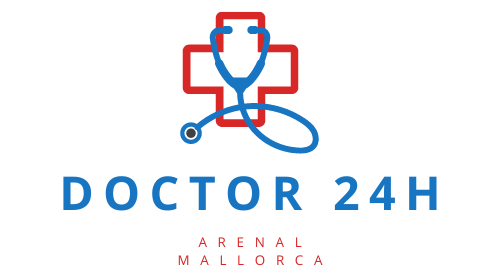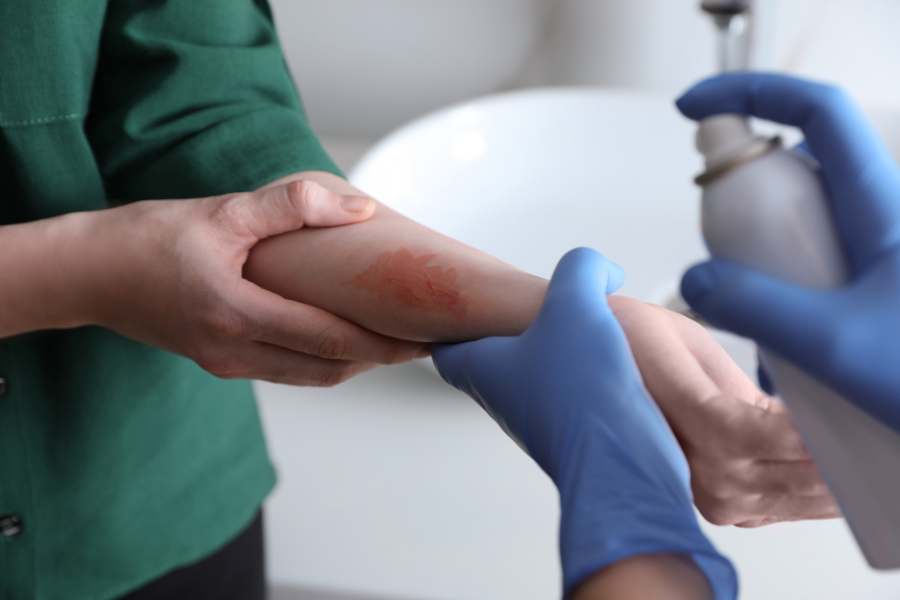Burn Care Treatment
When an accident occurs, it’s vital to know how to respond to injuries such as burns. Understanding the appropriate burn care treatment can make a significant difference in recovery and healing. This article covers the basics of burn care, including symptoms, causes, and treatment options for burns and scalds.
What Is a Burn or Scald?
Understanding burns and scalds
Burns and scalds are forms of tissue damage resulting from exposure to heat, chemicals, electricity, or radiation. Scalds specifically refer to burns from hot liquids or steam. Knowing the type of burn is crucial for administering the right treatment.
Severity is classified into three categories: first-degree (superficial), second-degree (partial thickness), and third-degree (full thickness) burns. Each requires a different approach in terms of care and treatment.
Burns can affect not just the skin but also underlying tissues, such as muscles and nerves, sometimes with long-term consequences. Therefore, immediate and proper care is crucial.
Aside from the heat source, factors like duration of exposure and the skin’s thickness play a role in the extent of the injury.
What Are the Symptoms of a Burn or Scald?
Identifying burn and scald symptoms
The symptoms of a burn or scald can range from redness and swelling to blistering, pain, and peeling skin. In severe cases, there may be charring or white, leathery skin.
First-degree burns typically result in red and slightly swollen skin, while second-degree burns may lead to blisters and more intense pain. Third-degree burns, the most severe, can cause numbness due to nerve damage.
It’s important to monitor for signs of shock or infection, such as fever, increased pain, redness, or discharge, which require immediate medical attention.
What Causes Burns and Scalds?
Common causes of burns and scalds
Burns and scalds can be caused by a variety of sources. Common culprits include hot water, steam, fire, hot objects, electrical sources, chemicals, and even overexposure to the sun.
Scalds often occur in domestic settings, particularly in the kitchen, while burns may happen from open flames or industrial accidents.
Children and the elderly are particularly at risk for burns due to their sensitive skin and potential difficulties in reacting quickly to hazards.
How Should I Treat Burns and Scalds?
First aid and treatment for burns and scalds
For minor burns, cool the area immediately with lukewarm water for at least 20 minutes, which helps reduce pain and swelling. Avoid ice, as it can further damage skin tissue.
After cooling, cover the burn with a sterile, non-fluffy dressing or cling film to protect from infection. Do not apply creams, ointments, or greasy substances, as these can trap heat and worsen the injury.
For pain relief, over-the-counter medications like paracetamol or ibuprofen can be useful. Keep the burned area elevated to reduce swelling.
Do not pop blisters as they provide a protective layer against infection. If a blister does break, clean the area gently with water and mild soap, then cover it with a sterile dressing.
When Should I Call an Ambulance?
Recognizing when to seek emergency care
Call an ambulance if the burn is large or deep, covers the hands, feet, face, groin, buttocks, or a major joint, or if the patient is showing signs of shock.
Other reasons to seek emergency care include burns caused by chemicals or electricity, difficulty breathing due to smoke inhalation, and burns in vulnerable individuals like children and the elderly.
If there’s any doubt about the severity of the burn, it’s better to err on the side of caution and get medical help immediately.
Can Burns and Scalds Be Prevented?
Preventative measures for burns and scalds
To prevent burns and scalds, always use protective gear when handling hot objects or working with fire. In the kitchen, turn pot handles away from the edge and keep children away from cooking areas.
Test bath water temperature before getting in and set your water heater to a lower setting to avoid scalds.
Awareness and education about fire safety, the dangers of chemicals, and electrical hazards can also reduce the risk of burns and scalds significantly.
How To Care for Yourself at Home?
Self-care tips for minor burns
- Continue to keep the burn clean and apply a sterile dressing to protect it.
- Moisturize the area with fragrance-free lotion to prevent dryness and promote healing.
- Keep the wound covered to avoid sunlight, which can worsen scarring.
- Stay hydrated and eat a balanced diet to support the body’s healing process.
- Monitor the burn for signs of infection, like increased pain, redness, swelling, or pus.
Questions related to burn care treatment
What is the best thing to treat a burn with?
The best immediate treatment for a minor burn is to cool the area with lukewarm water. For more severe burns, professional medical treatment is necessary. Always cover the burn with a sterile, non-fluffy dressing to prevent infection.
Avoid using ice, butter, or oils, which can cause further damage. Pain relief and keeping the burn clean and protected are key steps in home care.
How to treat a burn in NHS?
In the NHS, burns are treated based on their severity. Cool the burn under lukewarm water, then gently dry and cover with a sterile dressing. For severe burns, NHS services provide specialized burn care and may involve treatments like skin grafts or surgery.
Always follow NHS guidelines, which emphasize the importance of not using ice or creams immediately after the burn occurs.
How to care for a second degree burn?
Second-degree burns should be cooled with lukewarm water for 20 minutes. They can be covered with a sterile, non-stick bandage, and pain relief can be managed with over-the-counter painkillers.
It’s important to monitor the burn for signs of healing or infection, and consult a healthcare provider if there are any concerns.
How to stop throbbing pain from burns?
To manage throbbing pain from burns, use over-the-counter pain medications like paracetamol or ibuprofen. Keep the burn clean and covered to protect it from further irritation. If pain persists or worsens, seek medical advice as it could indicate an infection.
For ongoing support and expert care for burns or any related injuries, consider visiting Doctor 24 Hours Arenal Mallorca for professional medical assistance.

